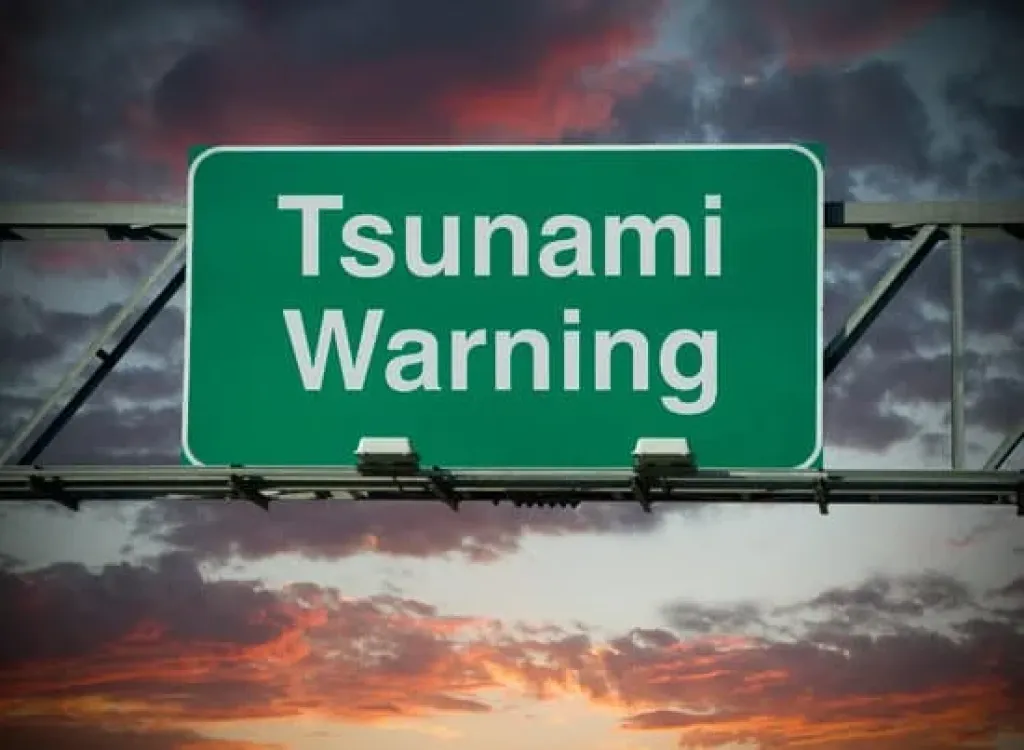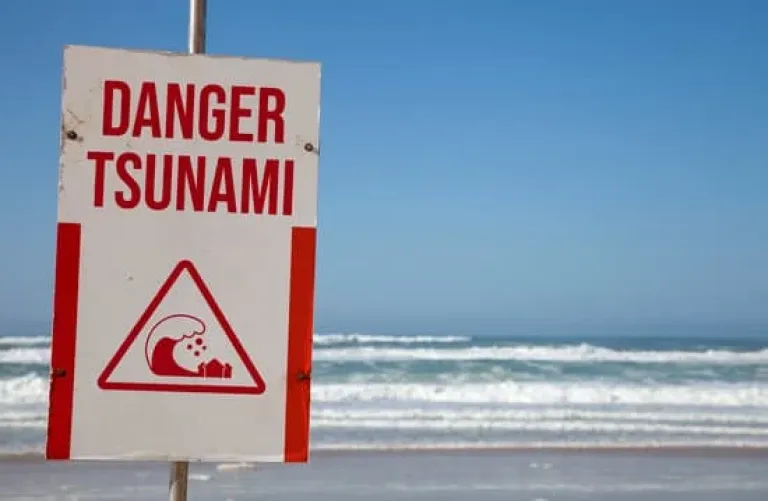Our favourite places to stay on this sleepy Cebu island.
Tsunami Alert Issued in PH After Powerful Earthquake Near Russia

Planning a trip to the coast today? You might want to hold off for a bit. The Philippine Institute of Volcanology and Seismology (Phivolcs) has issued a tsunami advisory after a powerful undersea earthquake struck near Russia’s Kamchatka Peninsula.
The earthquake had a magnitude of 8.8 and was strong enough to trigger waves across the Pacific Ocean. While the quake happened far from the Philippines, it could still cause tsunami waves to reach parts of the country, especially coastal areas facing the Pacific.
Coastal Areas Told to Stay Alert

Image credit: Laurence Soulez | Canva Pro
According to Phivolcs, the first tsunami waves were expected to arrive between 1.20 PM and 2.40 PM on 30 July 2025. The waves are not expected to be very high, likely less than one metre, but they can still pose a risk to people near the shoreline.
Several areas across the country have been advised to stay alert. These include:
In Luzon: Batanes, Cagayan, Isabela, Aurora and Quezon
In the Bicol Region: Camarines Norte, Camarines Sur, Albay, Sorsogon and Catanduanes
In the Visayas: Northern Samar, Eastern Samar, Leyte and Southern Leyte
In Mindanao: Dinagat Islands, Surigao del Norte, Surigao del Sur, Davao del Norte, Davao Oriental, Davao Occidental, Davao del Sur and Davao de Oro
Phivolcs is encouraging people in these areas to stay away from beaches and coastal waters for the time being. If you notice the sea suddenly pulling away from the coast or rising quickly, do not wait. Head inland immediately and find a safe area.
Boat owners in shallow waters are advised to move their boats to deeper areas if possible. If a vessel is already out at sea in deep water, it is safer to stay there until further notice.
Government Response and What Travellers Should Know
The Department of the Interior and Local Government (DILG) has ordered local officials to begin pre-emptive evacuations in coastal communities. Barangays have been told to prepare evacuation routes and identify nearby safe zones.
The Philippine Coast Guard has also placed its units on alert. They are coordinating with local governments and monitoring the situation closely.
While the predicted wave height may seem small, tsunamis often come in multiple waves and can continue for several hours. Even a wave under one metre can produce strong currents and cause flooding in low-lying areas.
If you are travelling in any of the affected provinces today, check in with your hotel or local authorities for updates. Many resorts and accommodations will have their own safety procedures in place. It is better to postpone any beach plans and explore inland spots instead.
Stay alert, listen to official updates and take precautions seriously. The sea will always be there, but your safety comes first.
Published at
About Author
Jeliefer Sumaya
Subscribe our Newsletter
Get our weekly tips and travel news!
Recommended Articles
10 Bantayan Island Resorts, Hotels, and Rentals for Your Tropical Escape 14 Best Credit Cards for Travel in the Philippines The only plastic we need for travel.
10 Best Mountain Cafes in the Philippines for Your Peak Coffee Experience Coffee date on the mountains, anyone?
10 Best Things to Do in Los Angeles Los Angeles is more than Hollywood stars. From hikes with killer views to beaches straight out of a rom-com, here are 10 must-do LA experiences for Filipino travellers or any wanderers in general!
10-day Christmas and New Year Japan Trip: Complete Travel Itinerary Celebrate Christmas and New Year in Japan with this 10-day holiday vacation itinerary packed with Tokyo lights, Kyoto charm, and Osaka adventures.
Latest Articles
Pangasinan Town Now Accepts Digital Payments in Markets and Transport No cash? No problem. Alcala, Pangasinan is officially in its digital era.
Pop Mart PH Opens Permanent Flagship Store in SM Megamall Labubu and Hirono have arrived! Check out holiday hours and event recaps here!
Chen of EXO Arcadia Concert Manila 2026: Tickets, Dates, and Perks Ticket info and fan perks
TLC Playpark: Free Christmas Destination in Taguig, Opening Hours, and Commute Guide Learn what to expect and how to get to TLC Playpark in Brgy. Lower Bicutan Taguig via C5 and MRT-3!
Free MRT and LRT Rides for LGBTQIA+ Members and Solo Parents Today Who rides free today

